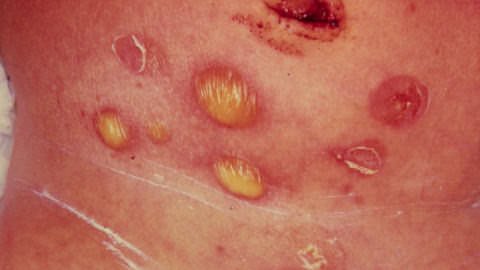#ALOPECIA!
***I'm not a hair expert, but hopefully this will just provide a framework to think about this problem***
#dermtwitter #MedEd #FOAMEd #dermatology pc:@dermnetnz
1/
2/
4/
5/
6/
7/
8/
1 - I'm going to cover some of the more common diagnoses we see. This is not a thorough a review!
2 - Unfortunately, the photos from dermnetnz are mainly of fair-skinned pts. Some alopecias affect different ethnic groups more.
9/
11/
19/
- alopecias can be divided as scarring non scarring, or by historical factors.
- a good exam, good history, and +/- biopsy are needed to decide on not only type of treatment, but urgency of treatment.
- Send patients to a #boardcertifieddermatologist for more help!
20/20
Basically, some of these move to the top in young patients, like tinea capitis, and alopecia areata, trichotillomania. Also, if they've been pulling hair back for awhile, traction is up there too!
21/21






















